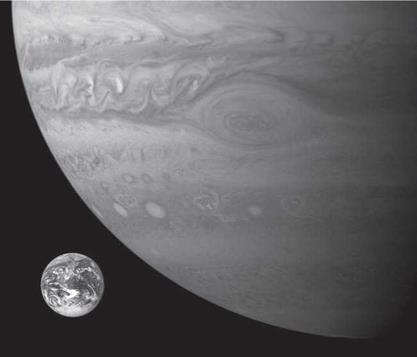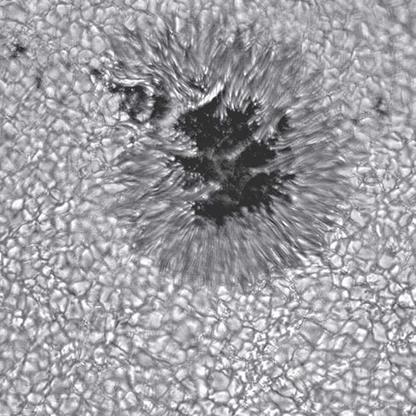Stepping Out into the Universe
It sounds implausible that a small telescope with a single mode of observing could touch every area of astrophysics from planets to cosmology, but that’s the legacy of Hipparcos. By measuring the positions of more than 100,000 stars two hundred times more accurately than ever before, Hipparcos redefined and recalibrated the basic ingredients of stars, and that’s fundamental because stellar properties lie at the base of a pyramid of methods used to establish the distance to nearby galaxies and on into the universe.41 Without a tether in nearby stars, the entire edifice of the cosmological interpretation of redshift, where the shift of galaxy radiation to longer wavelength is used to ascribe a distance according to cosmic expansion, would be suspect.
In the Solar System, distances to the planets are known with very high precision. We can bounce radar off Mercury, Venus, and Mars, and measure the time of its round-trip journey to derive distance. Kepler’s laws provide the relationship between orbit period and distance that lets us calculate the distance to the outer planets. Beyond the Solar System, even the nearest star is trillions of miles away. The most direct method of measuring distance uses the slightly different perspectives on a nearby star between when the Earth is six months apart in its orbit of the Sun. As we’ve seen, this is stellar parallax. A skinny triangle in space is created with the base equal to the Earth’s orbital diameter and the long sides hundreds of thousands of times longer. Distances measured by trigonometry involve no assumptions (except that three-dimensional space is flat and Euclidean) so they form the secure base for all other distance determinations in the universe.42
As astronomers step out through the universe, no single method of measuring distance works on all scales. So they have to step out with a series of overlapping indicators, each of which has a range of applicability. Like a series of ladders climbing high into the sky, where a wobbly lower ladder causes the whole edifice to sway, a tighter local distance scale ensures more accurate distances to galaxies. Before Hipparcos, astronomers had measured the distances to several dozen stars with just 1 percent precision. Hip – parcos increased that haul by more than an order of magnitude to more than four hundred stars. At the precision level of 5 percent, Hipparcos increased the number of stars with reliable triangulated distance from one hundred to over seven thousand. Good distance determinations are now widely available out to nearly five hundred light-years from the Sun. That’s a small patch of the Milky Way, which is 100,000 light-years across, but it’s a patch large enough to include all stellar types and almost all known exoplanets. The precision of the distances maps into a similar precision for the derived parameters such as size, luminosity, and mass.
Hipparcos measured the distance of the bright star Polaris as 432 light-years and tightened the error from thirty to seven light- years. Polaris is important for the distance scale because it’s the closest and brightest Cepheid variable star, whose properties define a distance indicator that can be used from our neighborhood in the Milky Way out to galaxies tens of millions of light-years away. Unfortunately, Polaris turns out to be anomalous and a recent study revised the Hipparcos distance down by a third to 323 light-years.43 Another bright star, Deneb, had an estimated distance of 3,200 light-years that was almost completely indeterminate; its distance firmed up to 1,400 light-years with an error of 230 light-years. Hipparcos also measured distances to a few open star clusters like the Pleiades and the Hyades, which allows bridges to be built to more remote regions of space.44 First, the trend line of main sequence stars—a relationship between luminosity and temperature when the energy source is hydrogen fusion—can be fit for all stars within the cluster. The offset between the main sequence best fits for two clusters gives the relative distance because the brightness of the stars goes down with the square of the increasing distance. Second, a cluster will contain rare variable stars like Cepheids and RR Lyraes that can be seen to very large distances (Polaris is a nearby Cepheid variable). Cepheids have a useful linear relationship between their luminosity and the period of their variability, so knowing the period and the relative brightness of two Cepheids gives the relative distance between them.45
Nearby variable stars with parallax measurements can be used to reach out to analogous variables in galaxies as far away as the Virgo Cluster, 54 million light-years away. Once in the realm of galaxies, global properties of galaxies such as their rotation rates and sizes are used to calculate relative distances. By now, the ladder is getting rickety and errors are 10 percent or more. Thereafter, the expansion of the universe imprints a redshift on all galaxies, and distances can be derived in the context of the big bang model, which relates distance to recession velocity for all galaxies. Exploding stars called supernovae are also used to estimate distances in the remote universe, billions of light-years from the Earth, but all these methods are rooted in the work of the modest Hipparcos telescope.











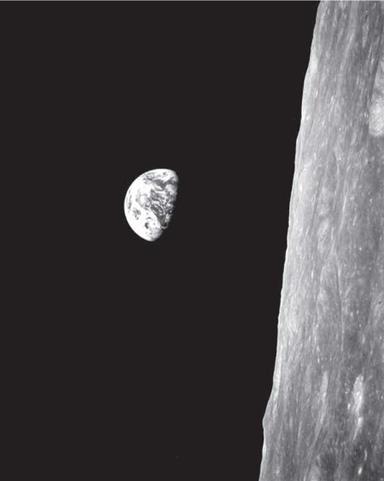
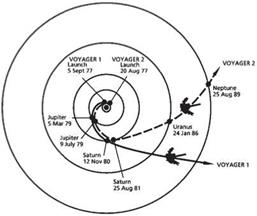
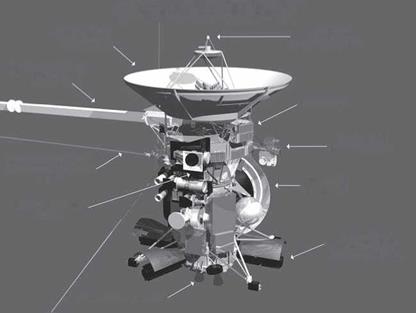 CASSINI SPACECRAFT
CASSINI SPACECRAFT